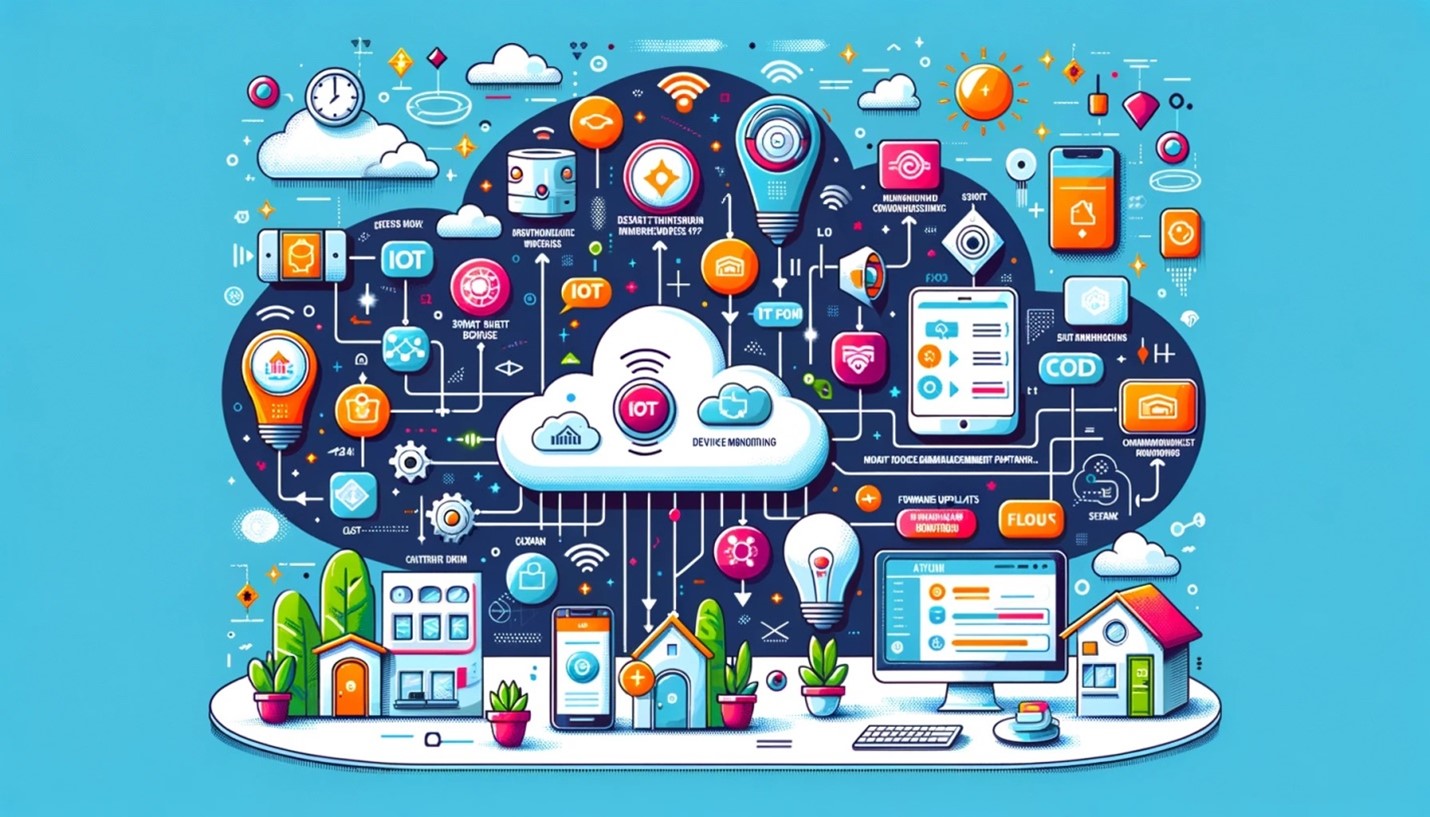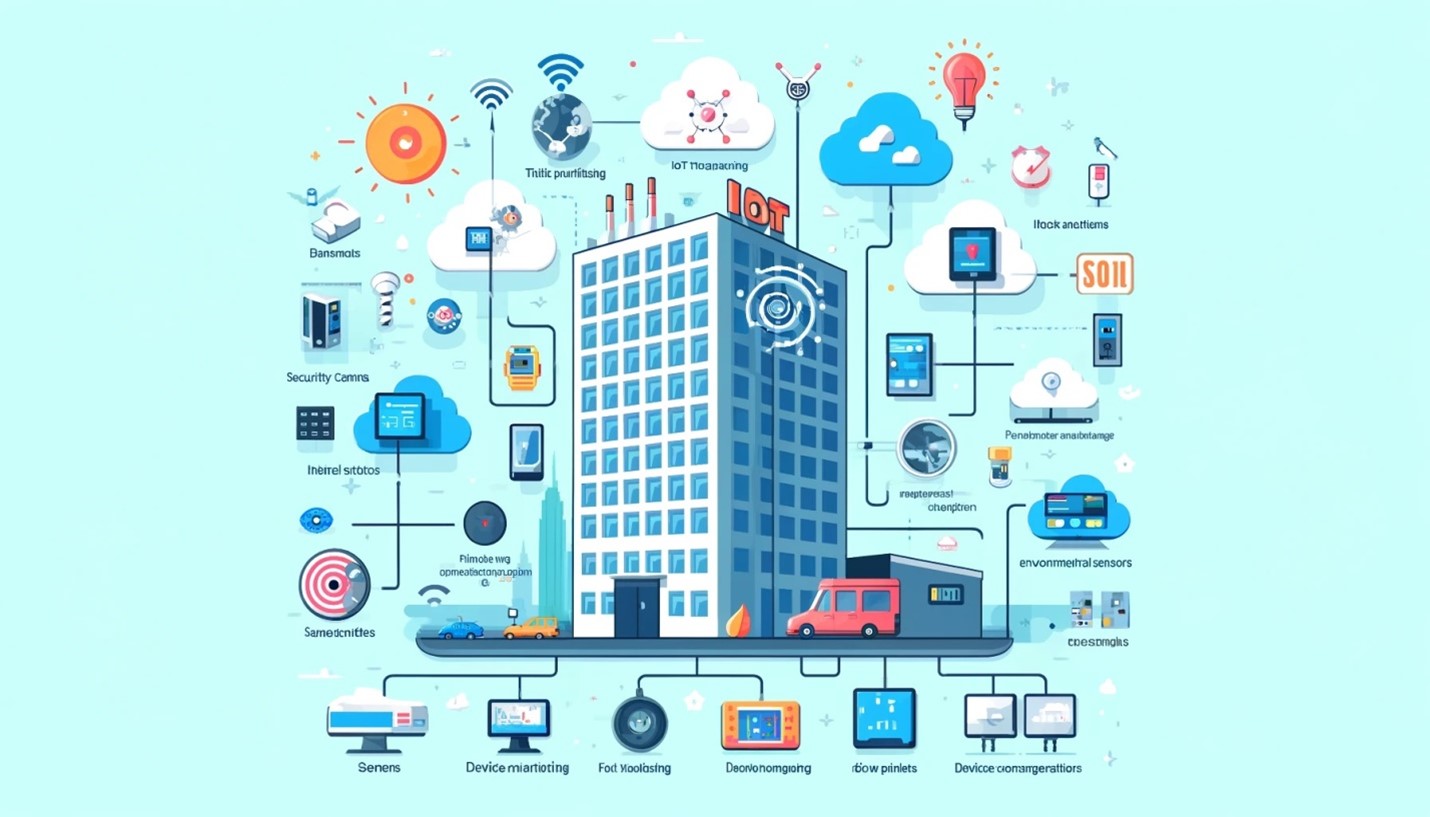The Internet of Things (IoT) is transforming industries by enabling a network of interconnected devices to collect and exchange data. As IoT ecosystems grow, the complexity of managing these devices and their connectivity becomes apparent. To address these challenges, two critical types of platforms have emerged: IoT Device Management Platforms and IoT Connectivity Management Platforms. Understanding the distinctions between these platforms is essential for businesses looking to implement IoT solutions effectively. This blog post explores the key differences, functionalities, and use cases of these platforms.
IoT Device Management Platform
Definition and Purpose:
An IoT Device Management Platform focuses on the lifecycle management of IoT devices. This includes provisioning, configuration, monitoring, maintenance, and firmware updates. The primary goal is to ensure devices operate efficiently, securely, and reliably.
Key Features:
- Device Provisioning and Authentication:
- Simplifies the process of adding new devices to the network.
- Ensures that only authorised devices can connect, enhancing security.
- Configuration and Control:
- Allows remote configuration and control of devices.
- Facilitates custom settings tailored to specific use cases.
- Monitoring and Diagnostics:
- Provides real-time monitoring of device health and performance.
- Offers diagnostic tools to identify and troubleshoot issues.
- Firmware Updates and Maintenance:
- Enables over-the-air (OTA) updates to keep device firmware up-to-date.
- Supports maintenance tasks to ensure devices remain functional and secure.
- Security Management:
- Implements security protocols to protect data integrity and privacy.
- Manages device credentials and access controls.
Use Cases:
- Smart Home Devices: Ensuring all smart home gadgets are up-to-date and functioning correctly.
- Industrial IoT: Monitoring and maintaining sensors and machinery in a factory.
- Healthcare: Managing connected medical devices for remote patient monitoring.
IoT Connectivity Management Platform
Definition and Purpose:
An IoT Connectivity Management Platform focuses on managing the network connections that IoT devices rely on. This includes cellular, Wi-Fi, LoRaWAN, and other communication technologies. The primary goal is to ensure seamless, reliable, and cost-effective connectivity for all devices.
Key Features:
- Network Provisioning:
- Simplifies the setup of network connections for new devices.
- Automates the selection and configuration of network parameters.
- Connectivity Monitoring:
- Provides real-time visibility into the status and performance of network connections.
- Alerts administrators to connectivity issues.
- Data Usage Management:
- Tracks data consumption across devices and networks.
- Helps optimise data plans and manage costs.
- Roaming Management:
- Manages device connectivity as they move across different network regions.
- Ensures uninterrupted service and optimised network usage.
- Carrier Management:
- Facilitates switching between different network carriers.
- Supports multi-carrier connectivity to improve coverage and reliability.
Use Cases:
- Logistics and Fleet Management: Ensuring vehicles remain connected across different regions and networks.
- Smart Cities: Managing connectivity for a wide array of public sensors and devices.
- Agriculture: Monitoring and controlling IoT devices across large, remote areas with varying network availability.

Key Differences Between IoT Device Management and Connectivity Management Platforms
Focus and Scope:
- IoT Device Management Platforms are device-centric. They manage the hardware and software aspects of the devices, ensuring they are operational, secure, and up-to-date.
- IoT Connectivity Management Platforms are network-centric. They manage the communication layer, ensuring devices remain connected and data is transmitted reliably.
Primary Objectives:
- Device Management Platforms: Focus on the operational efficiency and security of the devices themselves.
- Connectivity Management Platforms: Focus on maintaining robust and efficient network connections for data transmission.
Types of Management:
- Device Management Platforms: Handle device provisioning, configuration, monitoring, maintenance, and security.
- Connectivity Management Platforms: Handle network provisioning, connectivity monitoring, data usage management, roaming, and carrier management.
Technological Emphasis:
- Device Management Platforms: Emphasise device software (firmware) and hardware health.
- Connectivity Management Platforms: Emphasise network technologies and communication protocols.
Integration and Synergy
While IoT Device Management Platforms and IoT Connectivity Management Platforms serve distinct purposes, their integration is crucial for a seamless IoT ecosystem. Businesses often require both platforms to work together to manage their IoT deployments effectively. Here’s how they complement each other:
Unified Monitoring and Control:
- By integrating both platforms, businesses can achieve a unified view of their IoT infrastructure. This holistic perspective allows for better decision-making and more efficient management.
Enhanced Security:
- Combining device and connectivity management enhances security by ensuring both the devices and their connections are protected. For example, a security breach detected at the device level can trigger network-level responses to mitigate risks.
Optimised Performance:
- Integrated platforms can optimise overall performance by coordinating device updates with connectivity needs. For instance, scheduling firmware updates during low network usage periods minimises disruptions.
Cost Management:
- Together, these platforms help manage costs by optimising both device operations and data usage. Businesses can avoid over-provisioning and ensure they are using the most cost-effective connectivity options available.
Conclusion
The rise of IoT has brought about the need for specialised platforms to manage the complexities of device operations and network connectivity. IoT Device Management Platforms focus on the lifecycle and health of the devices themselves, while IoT Connectivity Management Platforms ensure reliable and efficient network connections. Understanding the differences and complementary nature of these platforms is essential for businesses aiming to leverage IoT technology effectively. By integrating both types of platforms, companies can achieve a robust, secure, and efficient IoT ecosystem that meets their operational needs and enhances their strategic capabilities.
In the rapidly evolving landscape of IoT, staying informed about the tools and technologies available is key to maintaining a competitive edge and driving innovation.


